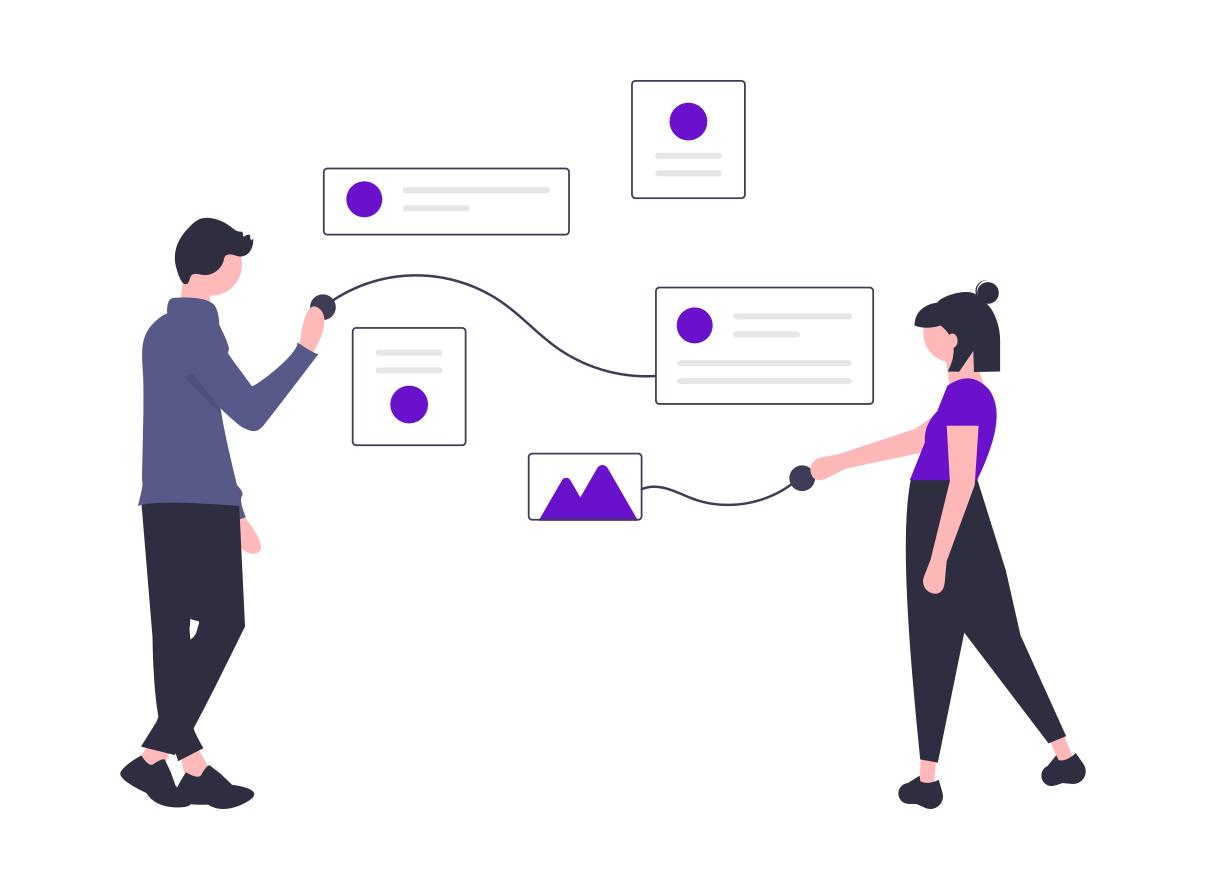In the competitive world of B2B marketing, precision targeting is paramount. One effective way to achieve this is by combining firmographic and technographic data to create a comprehensive view of your target audience. This blog explores how to integrate these two powerful segmentation strategies to optimize your marketing efforts and drive better results.
The Importance of Firmographic Data
Firmographic data provides essential information about companies, enabling marketers to categorize businesses based on specific characteristics. This data typically includes:
- Industry: Understanding the sector a company operates in helps tailor your messaging to address industry-specific challenges and regulations.
- Company Size: Segmentation by size, whether by the number of employees or annual revenue, ensures your offerings are appropriate for the scale of the business.
- Geographic Location: Location impacts market demands, logistical considerations, and even cultural differences that can influence purchasing decisions.
- Revenue: Knowing a company's revenue allows you to align your pricing and product offerings with their financial capacity.
- Growth Stage: Identifying whether a company is a startup, growing, or established helps in targeting the right solutions for their developmental stage.
Leveraging Technographic Data
Technographic data delves into the technology stack and IT infrastructure of a business, providing insights into their technology usage and preferences. Key technographic factors include:
- Technology Stack: Detailed knowledge of the software, tools, and platforms a company uses can help you position your product as a complementary solution.
- Adoption Rate: Understanding how quickly a company adopts new technologies indicates their openness to innovation and new solutions.
- IT Budget: Information on IT spending helps in gauging the potential investment a company can make in your product.
- Technology Pain Points: Identifying challenges and gaps in a company's current technology setup allows for targeted marketing of your solution as a problem-solver.
Integrating Firmographic and Technographic Data
To maximize the effectiveness of your B2B marketing strategy, it's crucial to integrate firmographic and technographic data. Here's how to do it:
- Data Collection: Use a combination of internal data sources, third-party providers, and market research to gather comprehensive firmographic and technographic information about your target companies.
- Data Analysis: Employ data analytics tools to merge and analyze the collected data, identifying patterns and insights that can inform your segmentation strategy.
- Segment Creation: Develop segments based on a combination of firmographic and technographic factors. For example, you might create a segment of mid-sized companies in the tech industry with a high adoption rate of cloud solutions.
- Personalized Campaigns: Tailor your marketing campaigns to address the specific needs, challenges, and characteristics of each segment. Personalized messaging and offers are more likely to resonate with your audience and drive engagement.
- Continuous Optimization: Regularly review and update your segments as new data becomes available and market conditions change. This ensures your targeting remains relevant and effective.
Benefits of Combined Segmentation
Combining firmographic and technographic data offers several advantages:
- Enhanced Targeting: More precise segments lead to better-targeted marketing efforts, reducing wasted spend and increasing ROI.
- Improved Personalization: With a deeper understanding of your audience, you can create highly personalized marketing messages that resonate more strongly.
- Better Alignment with Needs: Integrating these data types helps you align your products and services with the specific needs and pain points of your target companies.
- Competitive Advantage: Gaining a comprehensive view of your target audience can give you an edge over competitors who rely on less sophisticated segmentation strategies.
Conclusion
Advanced B2B segmentation strategies that combine firmographic and technographic data can significantly enhance your marketing effectiveness. By leveraging detailed insights into both the structural characteristics and technology preferences of your target companies, you can create more precise, personalized, and impactful marketing campaigns. This approach not only improves engagement and conversion rates but also ensures a better alignment of your solutions with the needs of your audience.


